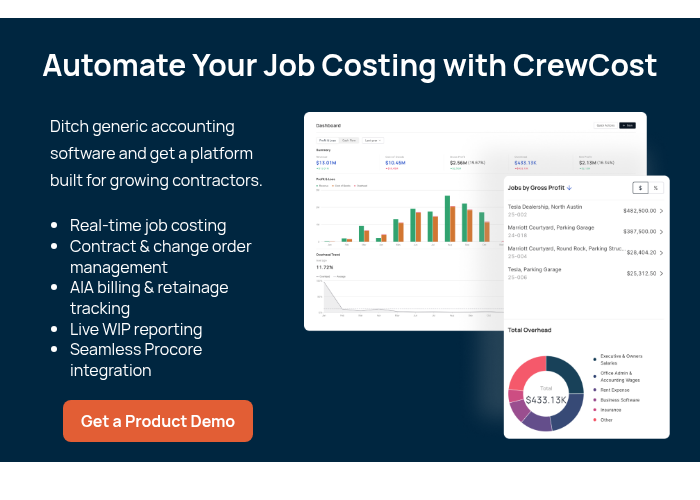What is a Construction Allowance?
Most jobs bring their own set of ‘knowable unknowns’, especially if you’re getting started before final decisions around scope and design have been made. To make sure you’ve got a workable (and realistic) budget, sometimes you have to make an educated guess at the price of certain materials or supplies.
This ‘guesstimated’ amount is a construction allowance. Unlike contingency, which we’ll get into in a bit, you’ll have a general idea of what a construction allowance will be used for – you just might not know the exact degree or scope yet. Oftentimes, the construction allowance provides flexibility for scope that might not happen until later in a contract, giving you some room to plan ahead.
Here’s an example of how an allowance might work: Say you’re working on a renovation and know you’re going to need to relocate several sprinkler heads to minimize conflict with other building systems such as ductwork or light fixtures. You’ve got a unit cost per sprinkler head, but aren’t sure how many you’ll end up needing to relocate. Based on your educated guess, you can assume you’ll need to relocate x number of sprinkler heads at x dollar amount per item (plus labor and materials needed). Add it all up, and that’s the amount you’ll set aside as an allowance. Allowances are commonly used for expected reworks such as coordination, cleanup, and repair. In other cases, allowances are used for certain scopes that might not be worth the time to fully contract until construction is further along, like security systems or landscaping (more examples below).
At the end of the day, allowances help you forecast what a job’s actual costs might look like, so you’re not moving forward completely in the dark. Because of this, it’s extremely important to be as accurate as possible when setting up an allowance, taking care not to go too high or low. This is why we recommend drawing on your past experiences and job budgets to get more accurate estimations when possible.
👉🏻 Learn how to build an effective job costing process with our guide.
Where Contractors Can Hold Allowances
Depending on the job, there can be different levels to construction allowances. For instance, allowances might be stipulated within the overarching job contract itself, or could be allocated at the line item level within a subcontract. What’s more, allowances can either be broken down by unit cost, or represent a lump sum.
Here’s a short list of some possible allowances using standard CSI codes:
1. Existing Conditions (Division 02)
- Allowance for unexpected hazardous material remediation.
- Budget for unforeseen subsoil conditions requiring additional excavation or stabilization.
2. Concrete (Division 03)
- Allowance for concrete leveling and surface preparation.
- Extra budget for accelerated curing techniques in time-sensitive scenarios.
3. HVAC (Division 23)
- Specific budget for adjustments to fire smoke dampers in response to changes in wall fire ratings.
- Allowance for rebalancing HVAC systems due to layout changes or added partitions.
4. Communication (Division 27)
- Specific budget for expanding network infrastructure to accommodate new technology integrations.
- Allowance for upgrading communication systems for enhanced security or functionality.
Construction Allowance vs. Contingency
Where contingency is a cash reserve meant for unknowable scope, construction allowance accounts for costs you know are coming – or ‘knowable’ unknowns. While material prices might fluctuate or specs haven’t been fully planned out, you can expect these costs to ultimately be represented in a job’s total sum. If contingency is reactive, think of allowance as proactive. It’s a more precise figure you can put in your budget for a more precise scope.
Further Reading: What is Contingency in Construction?

